
Labyrinth exercise
This exercise centers around the theme of labyrinths and how to connect your own ‘piece of the puzzle’ to that of others. It encourages the children to practise planning, execution strategies, application of test phases and to redesign. It also stimulates brainstorming and helps the group practice the art of helping each other, encouraging other children, pay attention to others and work together.
Quick facts about the experiment:
| Target group |
Primary school children (10-12 years old) |
| Facilitator |
Teacher / special education teacher |
| Time scale |
4 hours |
| Location |
Classroom |
| Goal |
The children create a part of the labyrinth individually, and then in group put the parts together into a whole labyrinth. (group cohesion, inclusion and community building) |
| Materials |
Empty shoe boxes, paint, scissors, different left-over materials (old cd’s, stones, straw, string and so on. Whatever you have that would be fun to use. Try to think about using unconventional materials like for example old crooked ping pong balls or such) |

Reflections before the exercise:
Linked to an ancient Greek topic theme we explored, we dived into the Labyrinth theme using this project method.
Taking into consideration sustainability, the children made their own labyrinth using unconventional left-over materials that would have otherwise been disposed of. The materials used were for examples: little pieces of wood, stones, box, sand, straw, dvd cases etc.
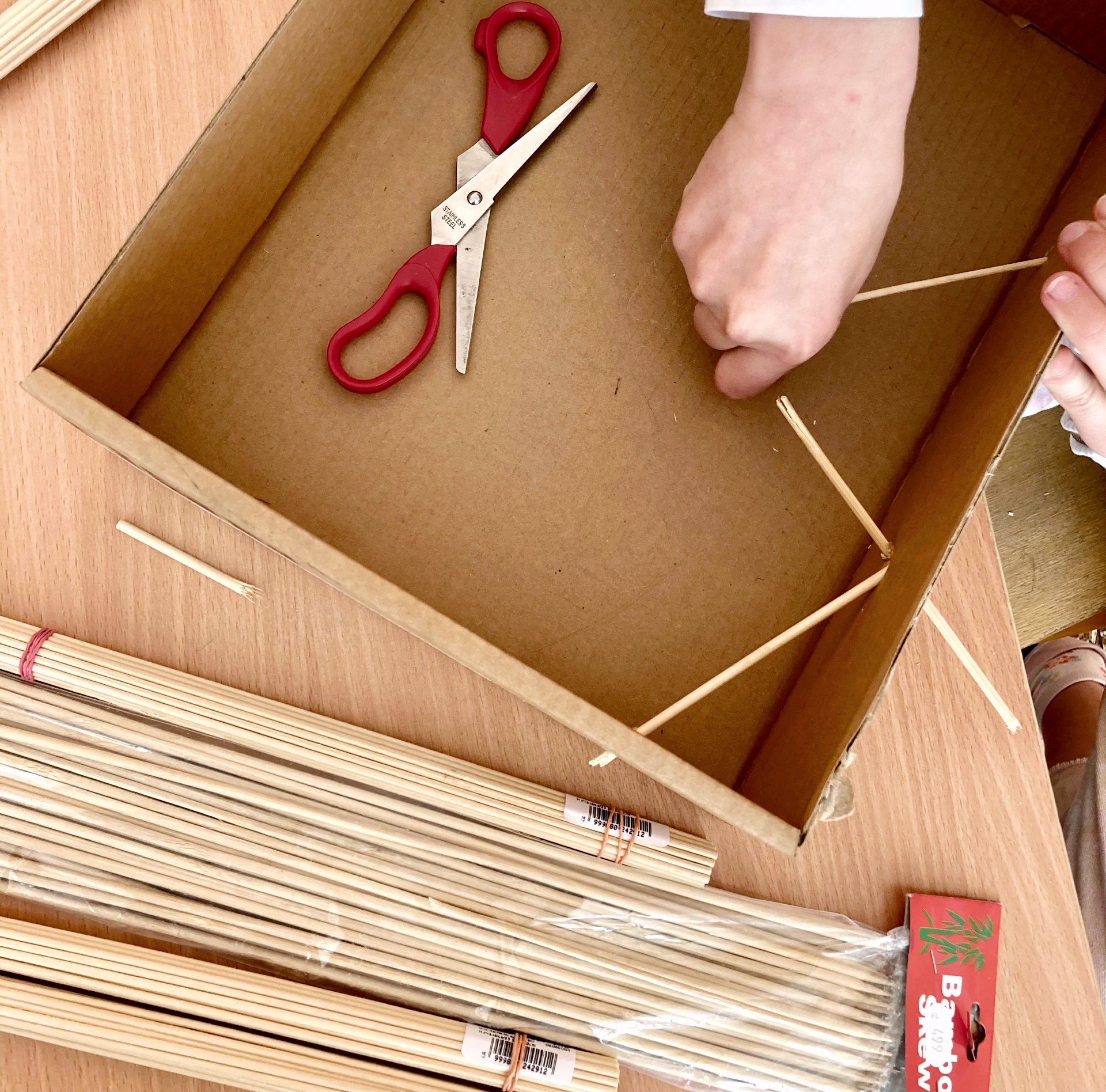
How to:
How to:
- The first step is to select the materials. Every child chooses their own material based on what speaks to them. They can only choose one material – for example: sand. Later on as they decorate it further they can add a few others but at the start they have to work with only one.
- Then each child makes their own plan for how their individual labyrinth is going to look layout wise. How is the ball going to move through your labyrinth? An important step is to get them to prepare the plan and implement a test track first. There was a point in the process here where they could change the plan if it didn’t fit.
- In the second phase the children work on their own part of the labyrinth individually and they decorate their own labyrinth’s corridor. They have to cut a hole were the ball is supposed to enter and where it is supposed to go out again.
- Now the children as a group must put the individual labyrinth corridors together to a connected fantasy labyrinth. The goal is to control the ball together in the corridors by moving the sections of the track together.

The inclusional aspects of the exercise:
The class group included one child with autism and one with ADHD. The goal of inclusion was achieved: the two children with special needs worked as a part of the community.
Their work became an integral part of the big picture and they contributed to the success of the project in the same way as the other children. This highly motivating situation allowed for the inclusion to take place naturally. The group needed all members and all the children were in same contributing position with a common uniting goal.

Impact of the exercise:
From the start the whole group worked in the same direction and worked well together. The end goal was clear (which is very important for the children with autism). The children helped encourage indecisive members of the group and they gave praise and showed admiration for the other’s work.
Creating shared joy is a big task when working with children with autism as they can have difficulty with this, but the absorbing power of the exercise helped them enter the task and stay within the process. During this task the children with special needs weren’t put in a different position from the others. They were equal members of the group and process too. They worked under the same conditions as the others students and were happy about it. The group became a community during this proces.

Reflections after the exercise:
The advantage in choosing the labyrinth topic is that the age group is very familiar with computer games. In the games they also cross tracks. This similarity helped to spark their interest and imagination.
The methodology was very complex: cognitive and imaginative development, planning, execution strategy, application of test phases, redesign. The purpose of group training was: brainstorming, helping each other, encouraging others, attention to others, communication and working together.
The scheduling was underestimated. The task was originally planned for 2 hours. It instead took 4 hours. This happened because the children were very excited and enthusiastic. They had plenty of ideas that they all wanted to realize.

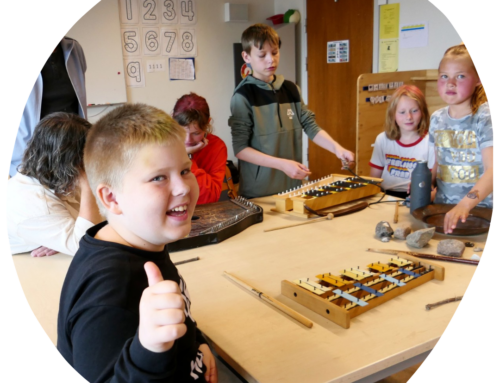
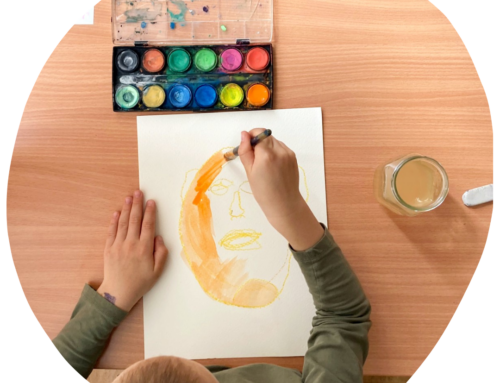
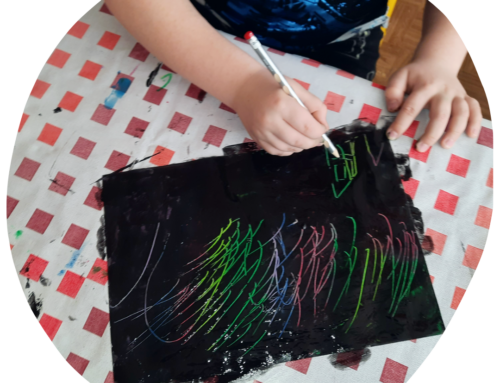
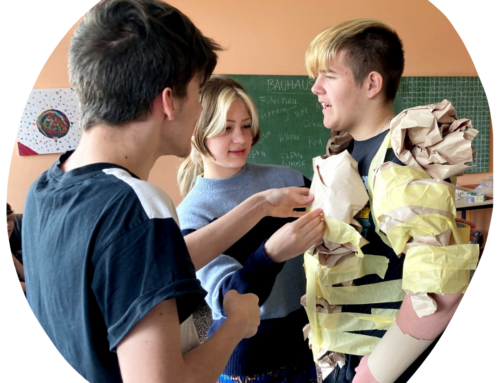
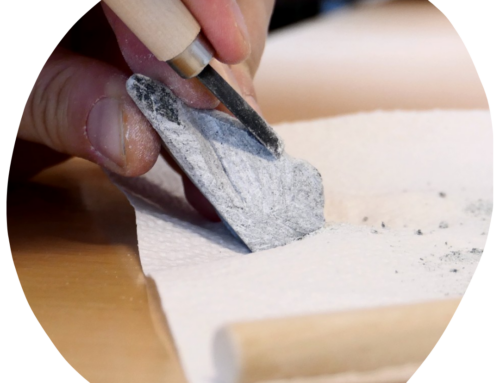
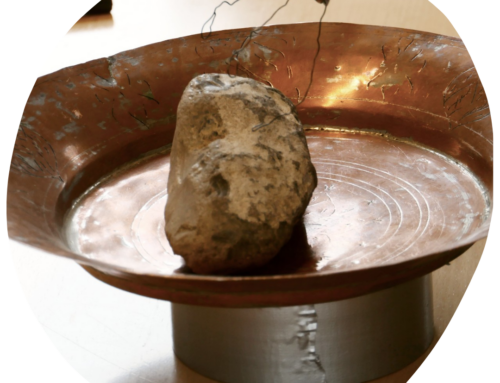
The task gives the children a lot of freedom at the same time, as they can choose the material to be used, the technique and the arrangement, but at the same time it is very definite, which gives security.
Great idea!
Fantastic and exciting exercise 🙂